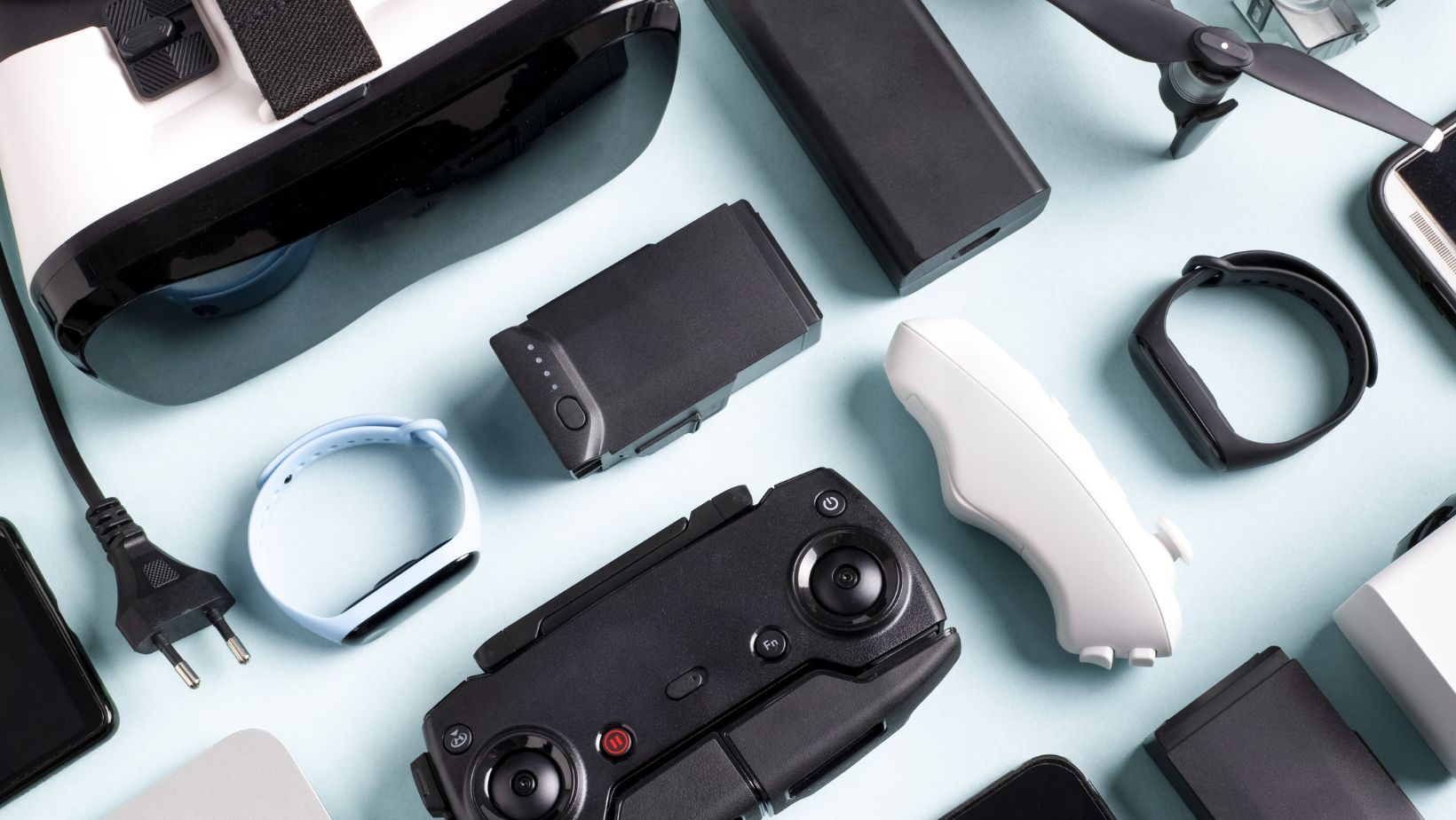There’s no time like right now to start a successful gadget business, with statistics showing that in 2025, the revenue generated in the global consumer electronics market amounted to a staggering US$977.7 billion! Our gadgets have almost become another extremity. Many of us are constantly connected to them, relying upon them to access information, connect with others, and entertain us while on the move or at home alone. If you wish to tap into the human-machine connection by developing a gadget of your own, talent and vision alone won’t do. You must also tick every item on a checklist to ensure your business is legal, protected, and safe for your staff.
Conducting Comprehensive Market Research
When it comes to launching new products, demand is everything, and that’s why it pays to spend all the time you need to identify gaps and opportunities, as well as key challenges in the electronics industry. The electronics supply chain is notoriously dynamic, owing to factors such as volatility in demand due to fast-changing technologies, geopolitical factors, and market competition. For instance, the current US-China tariff war makes it very difficult to assess cost, equipment supply, and demand. If the trade wars spark a recession, it may be time to lay low and wait until the market becomes less bearish. Remember that gadgets typically rely on multiple tiers of suppliers and customers, and changing regulations could impair your access to components from abroad.
Embracing Smart Forecasting Methods
Big data and analytics have made it far easier to analyze demand via advanced algorithms, machine learning, and AI. Just a few tools and techniques you can consider checking out include IBM Watson Analytics (which offers predictive analytics and data visualization for market trends), Google Cloud AI (which allows you to analyze consumer data and forecast demand), and Microsoft Power BI (which visualizes market insights through the use of dynamic dashboards).

All these tools are powered by AI. Other tools to embrace include survey automation tools like SurveyMonkey Genius or Quantilope. These can be used to create and analyze surveys to learn more about the type of gadgets your target audience might be seeking. Not to be forgotten are sentiment analysis tools like Brandwatch, which track brand mentions and analyze online conversations. Competitive intelligence tools like Crayon are indispensable, allowing you to check out your competitors’ pricing, strategies, and market positioning. Finally, predictive analytics tools like DataRobot or GWI Spark utilize data to estimate future demand.
Creating Your Legal Structure
Before you begin significant business operations, such as signing contracts, seeking financing, or hiring employees, set up your legal structure to ensure you are covered against liabilities. The most interesting options for a gadget development company include a Limited Liability Corporation (LLC), a Corporation (C Corp), and a Limited Liability Partnership (LLP). Each has its own pros and cons. For instance, LLCs offer owners limited liability protection and are relatively easy to set up. On the other hand, you may find it harder to raise capital, as investors sometimes prefer corporations. C Corps is easier to source funding owing to stock issuance, but you will have to pay double tax if you set one up (a tax on corporate profits and another on share dividends). Meanwhile, LLPs have a flexible management and profit-sharing structure, allowing you to avoid double taxation. However, they limit your ability to retain profits because your earnings are immediately taxed. The typical option is to start with an LLC and change to a C Corp if the company expands as expected. To learn how to set up an LLC without fuss, here’s an LLC University coupon. This group essentially forms your LLC for you with minimum fuss.
Developing a Minimal Viable Product (MVI)
Once you analyze the demand and identify your gadget’s unique selling proposition, it’s time to create a minimum viable product (MVI), the simplest version of your product containing enough features to make it usable by test users. When creating your MVI, aim to produce the highest quality you can. A poorly designed product won’t likely make a good first impression, so much so that some experts recommend replacing the MVI concept with the MLP (Minimum Loveable Product) philosophy.

Aim to create a visually appealing product without employing too much time or too many resources. Utilize ratings, surveys, and direct interviews to see what users think, and be open-minded when making adaptations that can take your device to the next level. Once you have MVI, sourcing funding through traditional institutions such as banks or more novel ones such as crowdfunding will be easier, as your product will sell itself far better than mere marketing materials could.
Invest in Marketing
Your marketing efforts should begin at the pre-launch stage while you’re still developing your MLP. Generate buzz around your gadget via social media and your website, investing in top-level branding that resonates with your target market. Launch teaser campaigns, partner with influencers, and create a landing page for pre-orders. Once you launch your product, invest in paid advertising like Google and Facebook ads, host launch events, and harness the power of e-mail marketing to reach a broad target consumer base. As your product catches more attention, optimize your SEO for organic growth, build loyalty programs for your customers, and consider expanding into new markets or amplifying your product line, once again based on data-driven information and thorough market research.
If you’re thinking of launching a must-have gadget, the good news is that the tech industry continues to grow exponentially. To ensure your investments hit their target, conduct thorough market research, choose an appropriate legal structure, and invest in marketing. Let SEO take center stage to reach your target customers organically and effectively.




